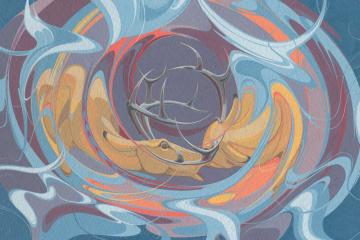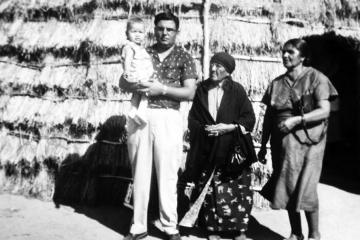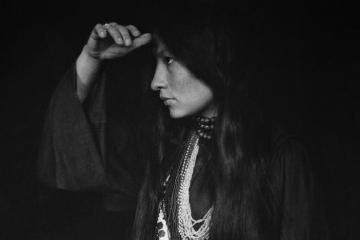Issues Background

On the Cover
The Sun Dance ceremony is a frequent subject in Oscar Howe’s paintings, a selection of which are now on exhibition at NMAI in New York. Rather than shy away from sacred knowledge, Howe used his art to document and educate others about Očhéthi Šakówiŋ (Sioux) traditions.
“Sundance Virgin,” 1962; casein on paper; 24.75” x 19.75”. University Art Galleries, University of South Dakota, PC OH 34 (O.H.L.23).
Courtesy of NMAI and the Oscar Howe Family








